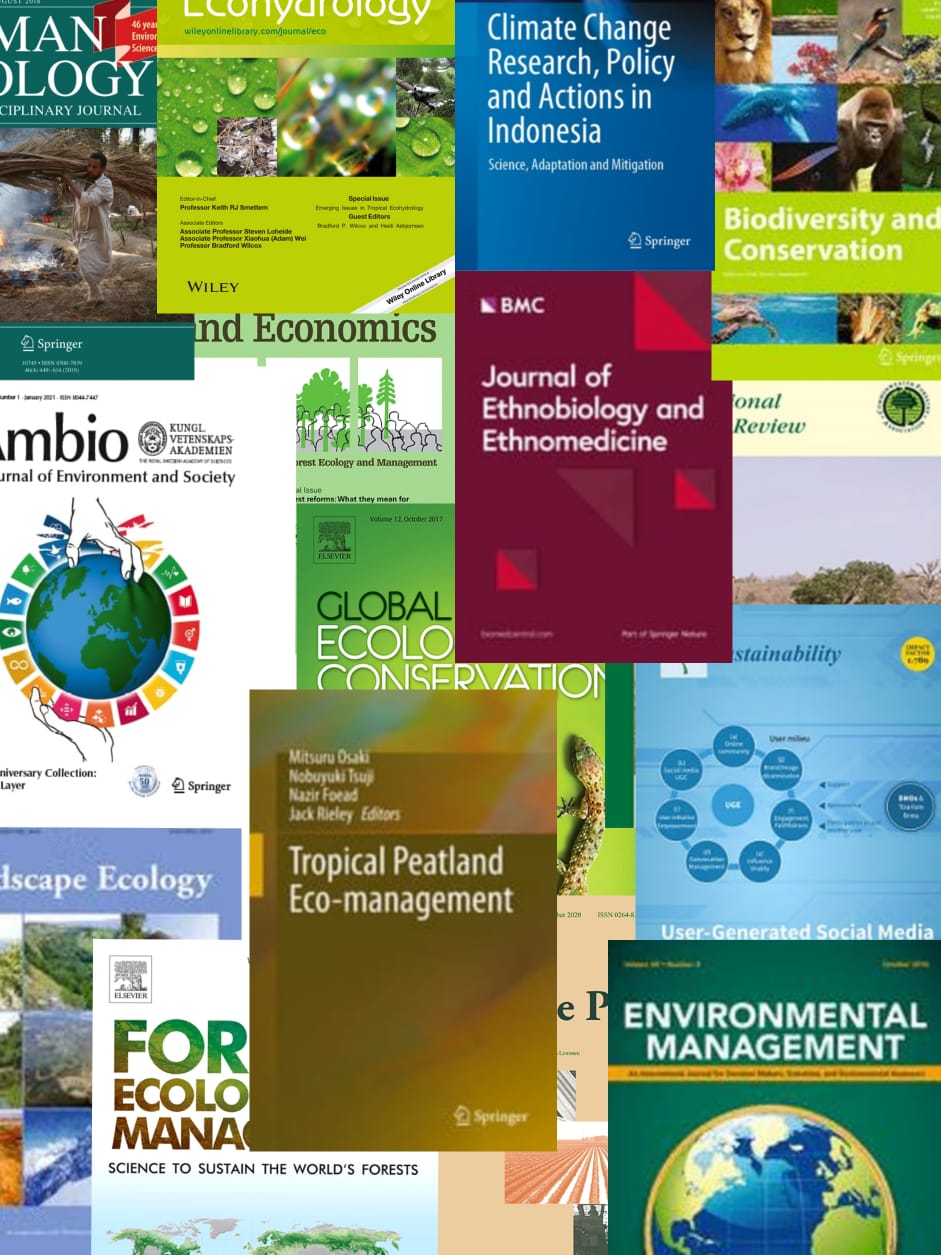Peatland degradation is caused by various factors, such as excessive drainage and frequent fires. The Government of Indonesia established the Peatland Restoration Agency in 2016 to accelerate peatland restoration and peat's hydrological function. This study analyses agroforestry in priority areas for peat restoration. The results showed that farmers applied agroforestry cultivated land by combining jelutong (Dyera costulata) with many types of commercial plants at a spacing of 3 m × 6 m. Growth of Jelutong showed good performance with an average growth of 1.42 ± 0.49 cm yr-1 diameter and a height of 91.33 ± 36.77 cm yr-1. The crops cultivated with jelutong included luffa (Luffa acutangula), bitter gourd (Momordica charantia), leek (Allium ampeloprasum), and chilli (Capsicum annuum). The average income per planting period ranging from IDR 850,000 up to IDR 19,250,000 for a 1000 m2 planting area. The best income and cost ratio (R/C) is bitter gourd farming with a value of 7, eggplant, luffa, and waxy corn with a value of 3, while the smallest is leek with a value of 2. Some farmers can develop their agriculture in the form of planting areas or agricultural varieties. The formation of agricultural capital has now begun with monthly contribution obligations at regular monthly meetings. © 2021 Published under licence by IOP Publishing Ltd.
View source

